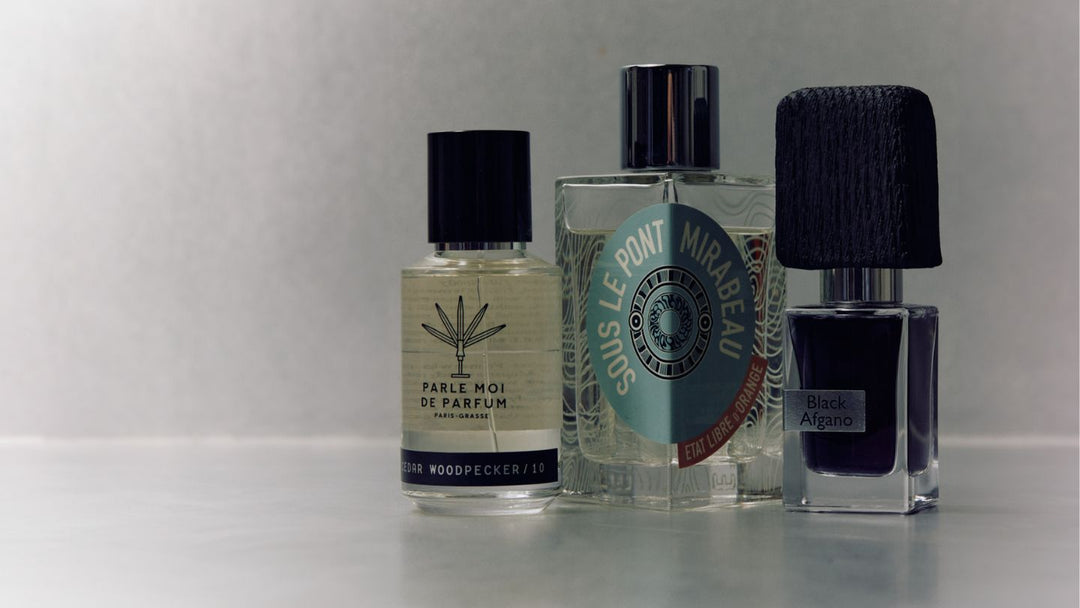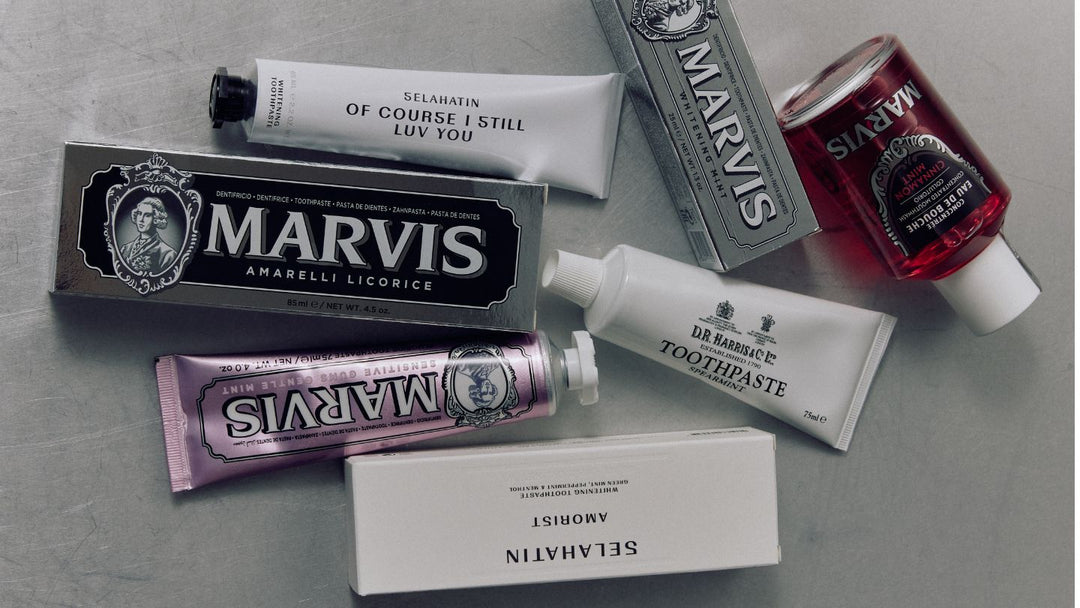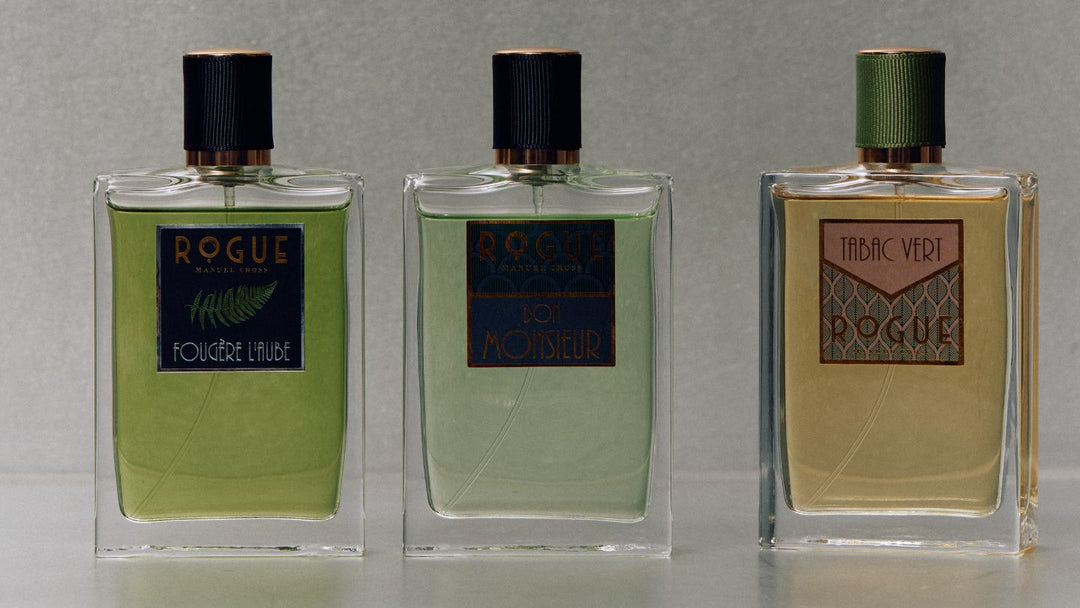AHA-mazing: What are AHAs in Skincare?
You’d be forgiven for thinking that AHAs in skincare had something to do with the announcement of a surprise (AHA-lujah?). But when it comes to the efficacy of Alpha Hydroxy Acids (AHA) in skincare, there is no ‘aha’ about it. These wonderous molecules excel across the board, offering a number of scientifically proven benefits. This post reveals all, making sense of the essential science of alpha hydroxy acids, and making the case for their use in a balanced skincare routine. Once you’ve incorporated these ingredients into your regimen, they’ll become impossible to leave out! 
What are Alpha Hydroxy Acids (AHAs)? How Do They Work?
AHAs are a group of organic compounds widely used in dermatology and skincare for their exfoliating and skin-rejuvenating properties. They are a family of water-soluble acids – and its name reveals all. The chemical structure of molecules determines how they behave and react, and chemistry is the science of specifying how these structures are constituted. All AHAs have a hydroxyl functional group (-OH) attached to the alpha carbon of a carboxylic acid group (-COOH). Because of the direct attachment of this hydroxyl group, it is readily ionised when it contacts the skin – breaking up into positively and negatively charged components known as ions. These reduce the pH (acidifies) of the skin’s surface, weakening the bonds between dead skin cells known as desmosomes, which then free shed from the skin. More than this, these acids work on damaged skin cells and pollutants from the environment, which are removed in the process.
So long as this special arrangement is maintained, molecules of various sizes qualify as an AHA. And although all acids perform the same general function, size matters. For instance, Glycolic Acid is the smallest of all the AHAs with only 2 carbon atoms in its total structure (C2H4O3). It deeply penetrates the skin and is the most potent AHA. In contrast, Lactic Acid (C3H6O3) has a slightly larger molecular size than Glycolic Acid with 3 carbon atoms, more gently working at the surface levels of the skin.
The difference counts when it comes to choosing which acid is best for your skin. This article has restricted its discussion to the two most popular acids available on the market. For instance, citric acid can generally be disregarded in any ingredients lists, because it is often there to moderate the acidity/alkalinity of a product - and not for its exfoliating benefits - its concentration is often insufficient for this role!
What are the Benefits of AHAs?
This mechanism of chemical exfoliation detailed above offers a host of benefits – primarily to do with the appearance of the skin. This shedding results in a smoother skin surface, unclogging pores that can lead to pimplesm whiteheads, and blackheads.
However, it should also be noted that all of this activity on the skin stimulates the cells responsible for the connective tissue of the dermis, therefore increasing collagen synthesis and improving skin elasticity and firmness. According to its size and penetrability on the skin, lactic acid stimulates the synthesis of ceramides and good fatty acids in the skin. Equally, AHAs can inhibit the activity of the enzymes responsible for hyperpigmentation, evening skin tone as a result.
All of this considered, AHAs form an essential part of a powerful skincare toolkit addressing acne, aging skin, hyperpigmentation, and dull skin.
How Do I Start Using AHAs? Which AHA is Best for Me?
Products will often employ a mixture of different AHAs with various concentrations, which means that it is essential products are tested and assessed based on their fittingness for one’s skin. We recommend the gradual introduction of acids into a regime in order to develop tolerance, always following with sunscreen in order to protect the skin.
For those newly introducing acids into their skincare routine, we recommend milder forms such as lactic or malic acid. These are better tolerated, even by those with sensitive or dry skin. Lactic acid uniquely forms part of the skin’s natural moisturising factor on the outermost layer of the skin. A humectant, it attracts and holds onto water, helping to maintain the skin’s hydration levels. For this reason it is a welcome addition in a moisturiser – and can also be found in its salt form, sodium lactate, which is particularly good at hydrating the skin. The popular Matt Moisturiser from Men-U contains lactic acid in its ultra-concentrated and lightweight oil-free formula, and is perfect for normal to dry skin types. Whilst Men-U’s Lift Moisturiser makes use of sodium lactate – offering an immediate dose of hydration and suppleness across all skin types.
Lactic acid is employed in the aptly named Clay Mask AHA from Baxter of California, and is a wonderful weekly addition to a skin care routine, offering all the benefits of lactic acid alongside anti-inflammatory, soothing, and softening clays, calendula, and aloe leaf juice. Everyone can benefit from this phenomenal product.
For those seeking potent exfoliation and are experienced with AHAs, glycolic acid, with its small molecular size, can provide deep penetration and effective results. Replete in many skincare products, a difference in concentration makes all the difference. In Jack Black’s Deep Dive, glycolic acid is the hero alongside kaolin clay and volcanic ash, offering a truly deep clean. This combination focusses on drawing out impurities and excess sebum buildup, clarifying the skin and restoring it of its healthy glow. We recommend this for oily skin types, and/or those seeking to clear the skin of any unsightly spots.
Case in point: in MenScience’s Advanced Face Lotion, a combination of effective acids (AHAs/BHAs) at a concentration of <1% work to gently smooth and refine skin texture and tone, without compromising it. Capably used day or night, and ideally combined with a sunscreen if used during the day, this product renews, restores, and nurtures all at once.
Similarly, Anthony’s Wake Up Call is a hydrating gel which stimulates above all else, offering immediate improvement to tired looking and fatiged skin. In addition to its anti-inflammatory and hydrating ingredients, in the background a medley of AHAs and vitamin C in the form of ascorbic acid work to give radiance to the skin, improving its appearance both in the long and the short term.
Upping the dose to 8% glycolic acid in Jack Black’s Line Smoother gives acids a whole new function, and becomes the necessary component of an occasional overnight acid treatment that works at fine lines and dark spots, as well as acne-riddled skin. With use, skin is softened, clarified, and evened of its texture.
With growing familiarity and tolerance of AHAs, over time, frequency can increase as well as the strength of the acids employed on the skin. Consider its place in a skincare routine alongside other active ingredients – a good rule of thumb is to stick to one active a day, lest sensitized skin. Moreover, consistency and persistence cannot be downplayed, and is the key to skincare success and positive results. Especially follow acid use with SPF. Point being, acids are invaluable, and with care and consideration, are powerful ingredients that work wonders on the skin.





